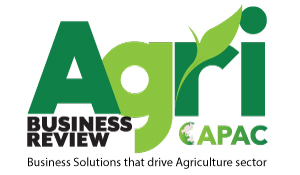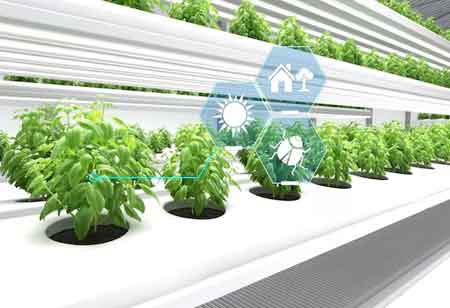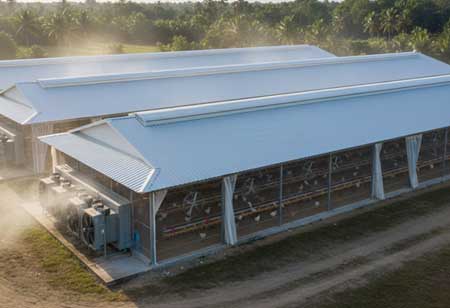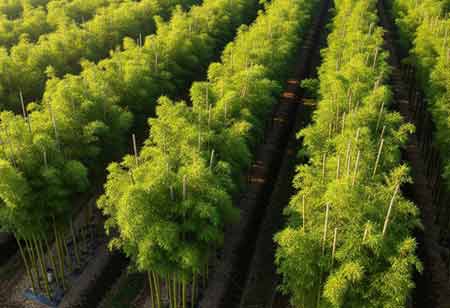Thank you for Subscribing to Agri Business Review Weekly Brief
Precision Farming: The Best Solution for Farmers
Climate-smart agriculture is important for achieving this goal.
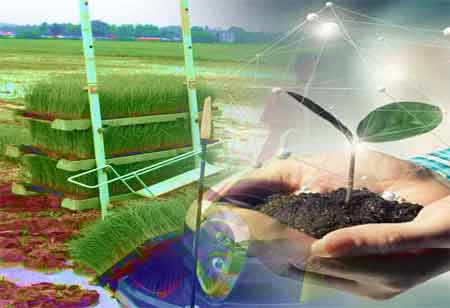
By
Agri Business Review | Monday, April 17, 2023
Stay ahead of the industry with exclusive feature stories on the top companies, expert insights and the latest news delivered straight to your inbox. Subscribe today.
Today’s most valuable innovation in farm management is based on using information and communication technologies. Therefore, precision farming is becoming a must for farmers to witness larger production and better protection of land resources.
FREMONT, CA:An information and technology-based farm management system identifies, analyses, and manages the variability of fields by conducting crop production practises at the right place and time in an appropriate way for optimum profitability, sustainability, and protection of the land resource. Despite a considerable research effort, only a portion of farmers has practised any type of precision agriculture (PA) technology approach to reorganising the total system of agriculture towards low-input, high-efficiency, and sustainable agriculture.
Precision farming is a method where inputs help in precise amounts to extract higher average yields compared to conventional cultivation approaches. Sustainable PA is this era’s most valuable innovation in farm management that is based on using information and communication technologies. This is the most recent innovative technology based on sustainable agriculture and healthy food production, and it has a profitability and increasing production, economic efficiency, and the reduction of side effects on the environment.
Enables Climate-Smart Agri-Business
Climate-smart agriculture is important for achieving this goal. PA at the right level in food-insecure countries is a powerful tool once it is applied appropriately, based on local crop and site-specific conditions. As a result, adopting new techniques in less-developed areas should begin with a basic, affordable, and effective mix of technologies and practices.
Agricultural Extension via Digital Advisory Services
Embracing best practices is crucial, and digital communication is necessary to bridge the technology gap. Agriculture extension plays a major role in technology dissemination, and the private sector is increasingly active in this sector. Today, digital advisory services are part of the offerings of input providers or stand-alone for-profit platforms. Existing free DAS is a differentiation tool to encourage the use of the manufacturers’ core products. The primary barriers to DAS adoption are constrained digital infrastructure and illiteracy, areas in which a few countries have significant advantages over most other countries.
Drip Irrigation
In addition to its benefits over other types of irrigation for enhancing yields, drip irrigation is an optimal delivery system for soluble fertilisers. Moreover, it drastically reduces the propagation of weeds and the need for herbicides.
Solar Pumps
Solar pumps lifting well water to feed drip systems are a benefit multiplier. However, the introduction of solar pumps is slow despite their zero carbon footprint and low-maintenance photovoltaic technology. There will be mass adoption of solar pumps, and hence a further increase in the role of private companies contributing to the proliferation of solar pumps.
Soil and Crop Monitoring
Imagery-equipped drones are technically and financially affordable for smaller farmer communities, particularly suited for minor areas and contract farming. Early detection and correction of soil and crop deficiencies is a win-win proposition for farmers and off-takers. The investment in drones and imagery analysis can be factored into the production costs paid to farmers if they are purchased and operated by large agribusinesses. These applications highlight the relevance of precision farming for farmers in this technological era.
